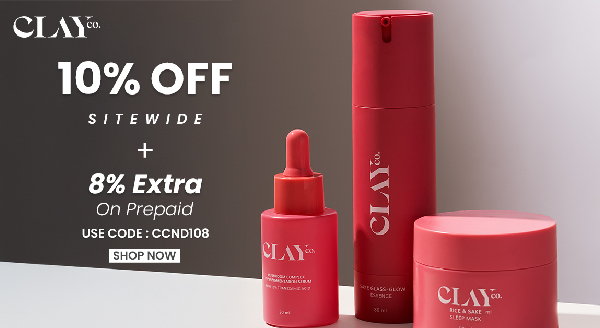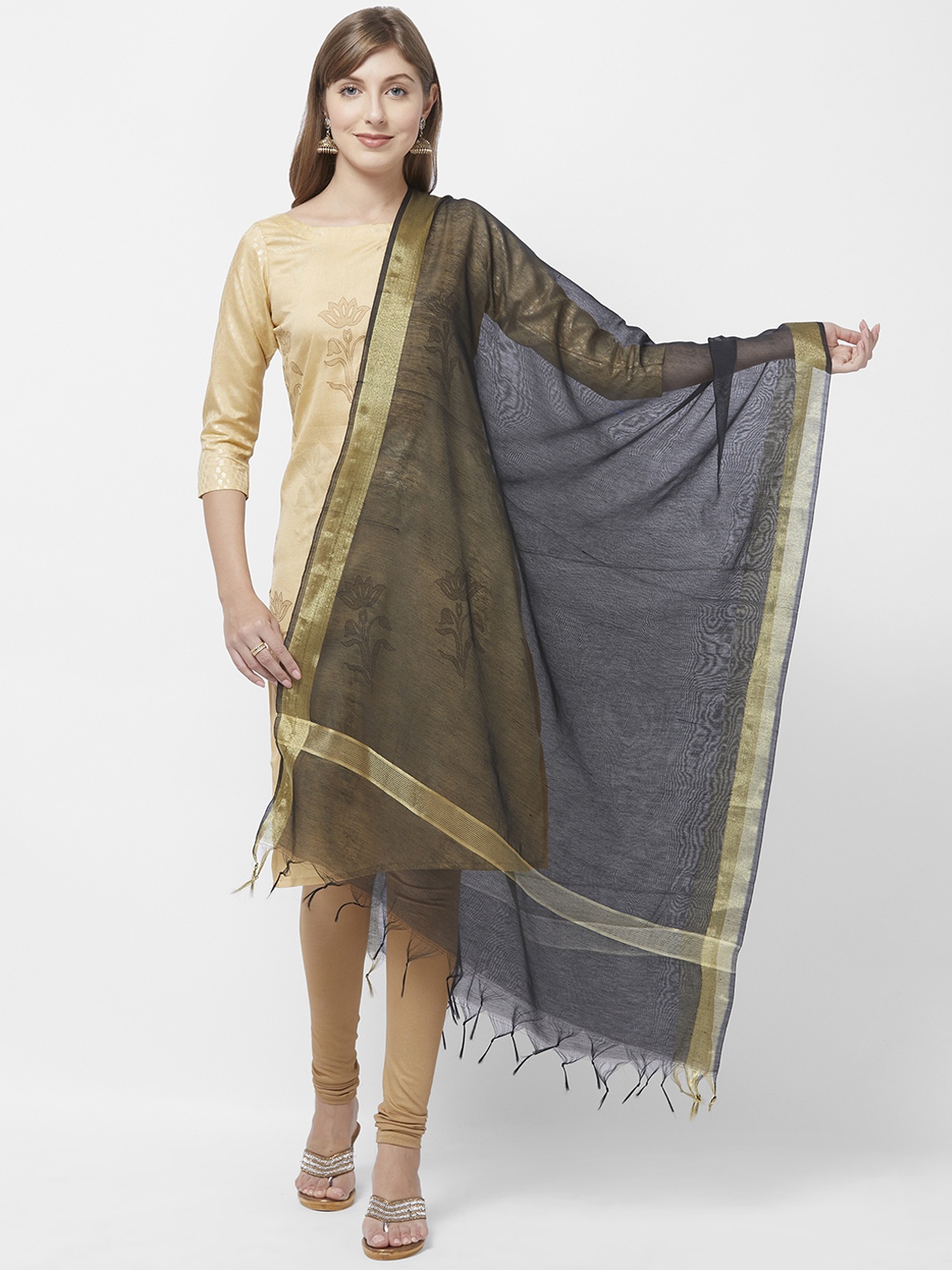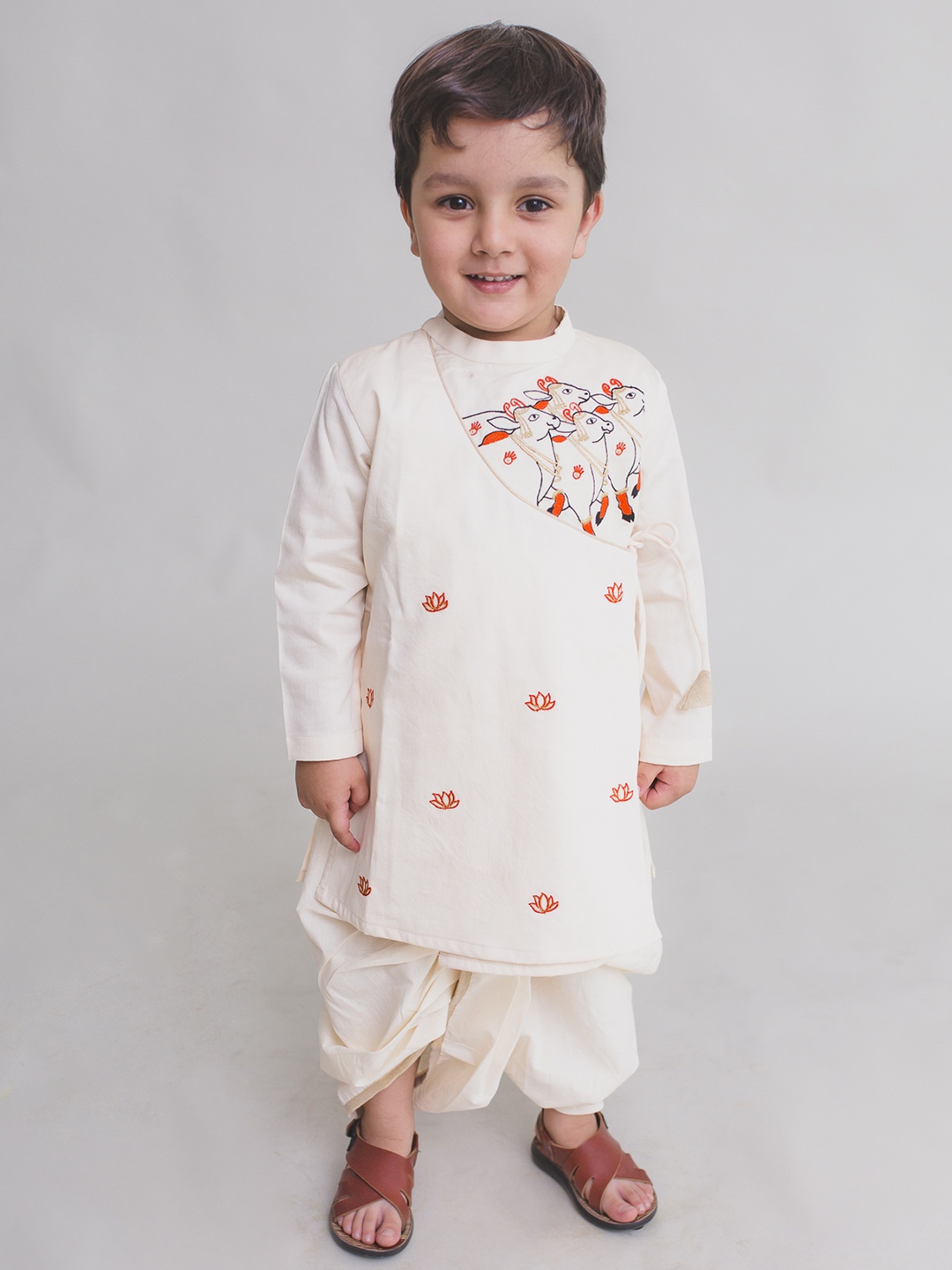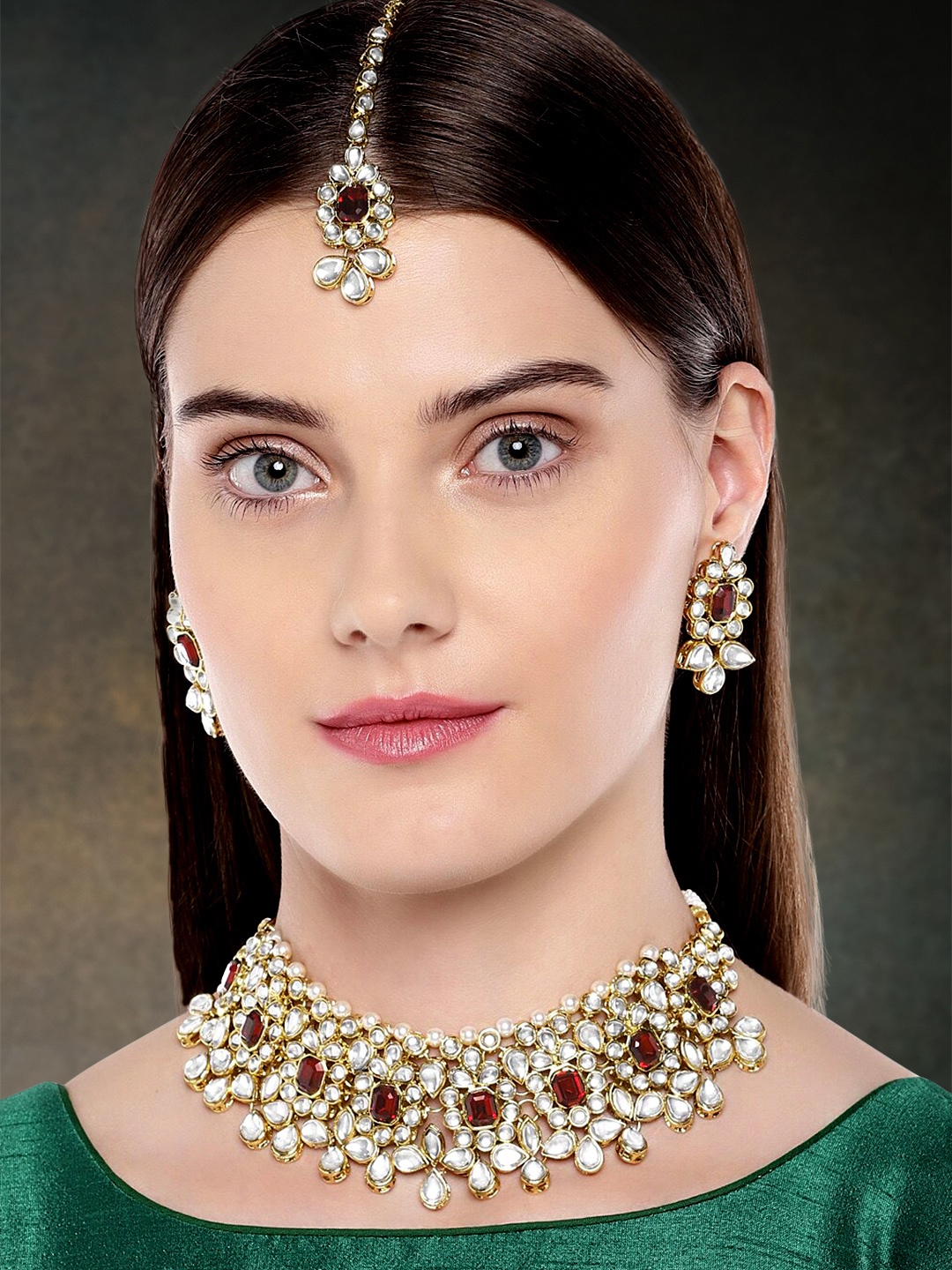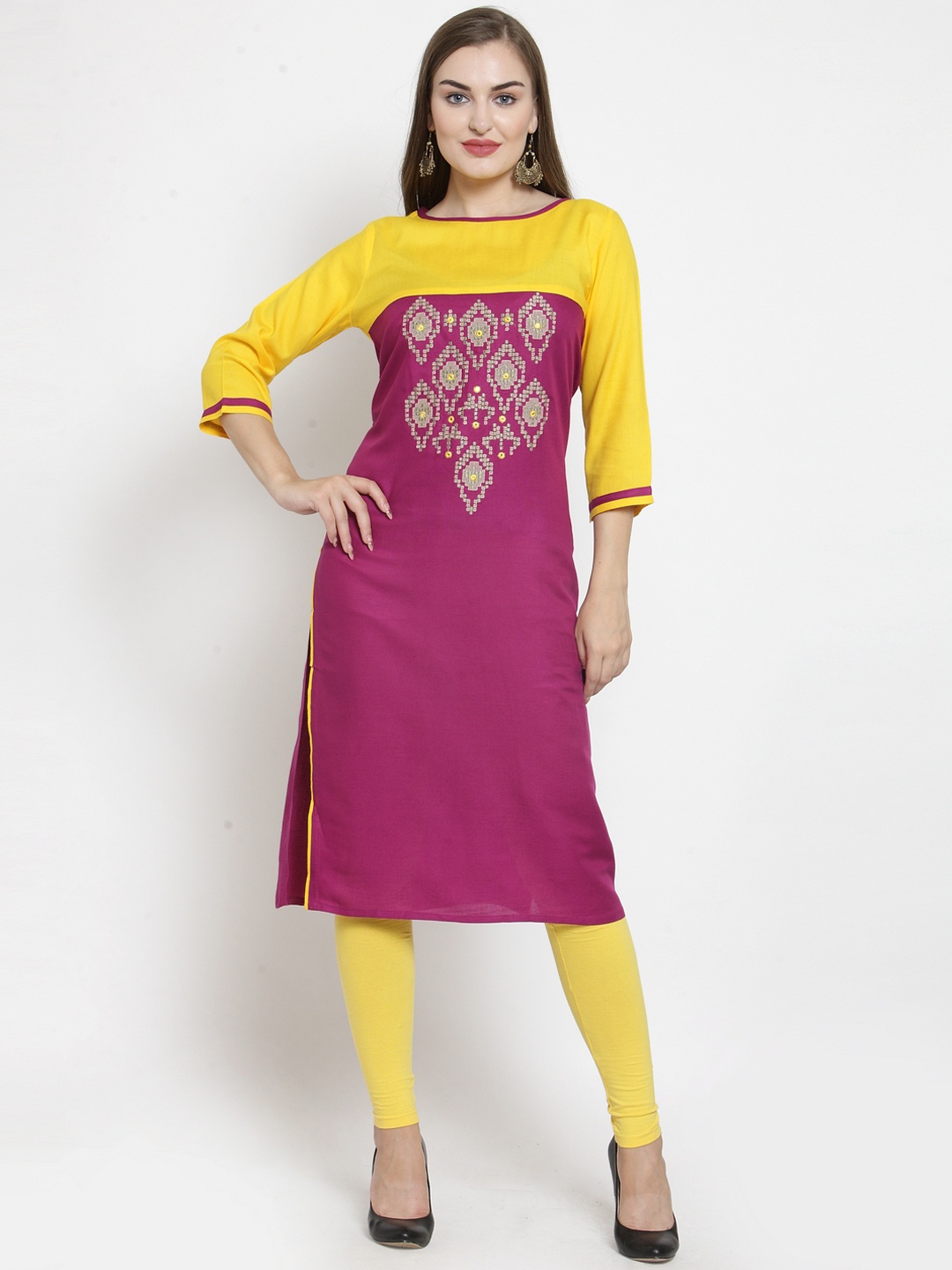Cotton Vs Rayon Kurtas: Which Fabric Is Best For Keeping Cool In Hot And Humid Weather?
Cotton and rayon kurtas are two of the most loved choices for summer wardrobes, but which one truly keeps you cooler when humidity hits its peak? Let us untangle the threads and find out which fabric wins the heat battle.

Cotton vs Rayon Kurtas: Discover Which Fabric Keeps You Coolest During Hot and Humid Summers.
Summer, followed by the Monsoon, in this part of the world is not just a season, it's a test of patience, hydration, and wardrobe choices. The sweltering heat and sticky humidity can turn even a simple trip to the market into a sweaty saga. And while air-conditioning offers temporary relief, what really saves the day is the fabric you wear. Among the endless options lining shop shelves, cotton and rayon kurtas remain timeless favourites. Both look graceful, feel soft, and offer breezy comfort, or so it seems. But when the mercury climbs above 40°C and the air stands still, not all fabrics rise to the occasion. Choosing between cotton and rayon isn't just about fashion; it's about survival, style, and staying sane in the heat.
Let's dive deep into the fabric war of the season: Cotton vs Rayon.
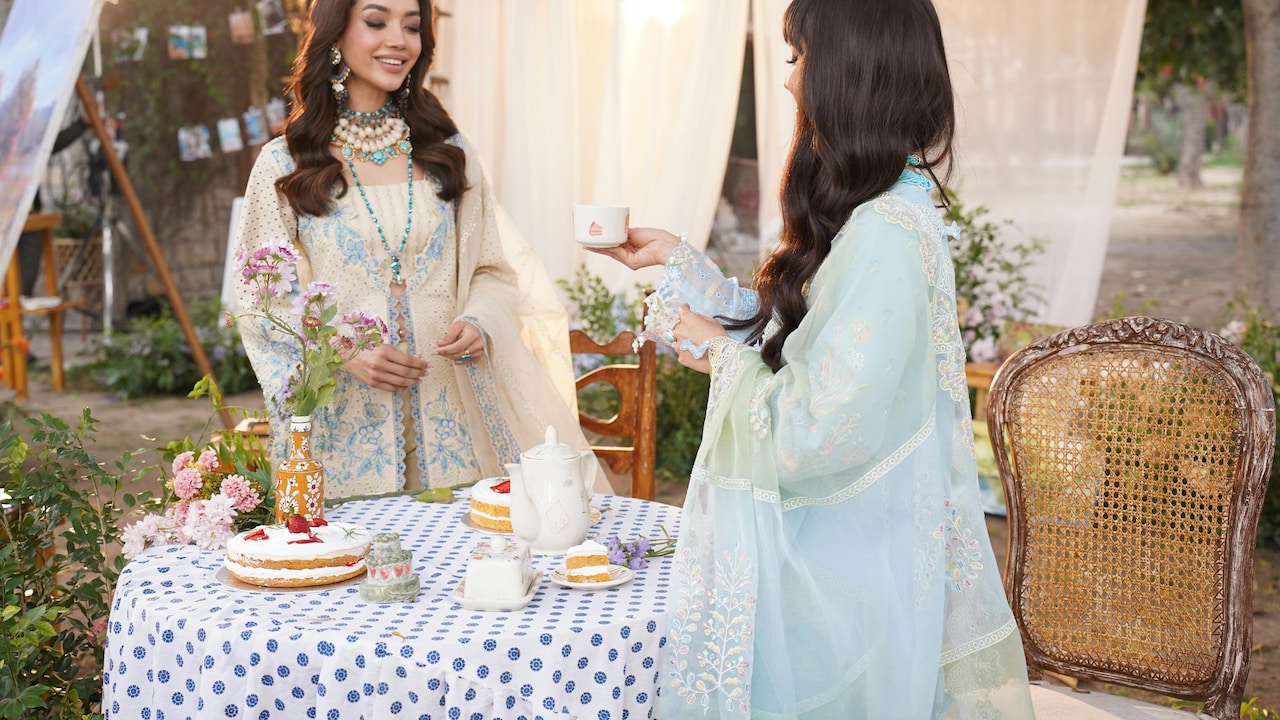
Cotton Vs Rayon Kurtas: Which Fabric Is Best For Keeping Cool In Humid, Hot Summer Weather?
Photo Credit: Pexels
The Fabric Face-Off: Cotton vs Rayon in the Summer Heat
1. Understanding Cotton: Nature's Cool Comfort
Cotton has been the trusted summer companion for generations. It's natural, breathable, and famously gentle on the skin. What makes cotton kurtas a hot-weather hero is their ability to let air circulate freely. The fabric absorbs sweat and allows it to evaporate, leaving the body cooler and drier.
Picture a lazy Sunday afternoon, sipping nimbu paani on the balcony in a soft cotton kurta that lets the breeze slip through. That's the comfort cotton promises. Its fibres are hollow and breathable, preventing the dreaded “sticky back” feeling that synthetic fabrics often cause.
However, cotton isn't perfect. It creases easily and can feel heavy when damp. Sweat marks can appear faster than you can say “heatwave.” Still, for most, the pure, simple comfort of cotton remains unmatched. It's nature's way of saying, “Stay cool, stay calm.”
2. Rayon Revealed: The Modern Contender
Rayon might surprise those who think it's purely synthetic. In truth, it's a semi-natural fabric made from regenerated cellulose, often derived from wood pulp. It was designed to mimic the softness of silk, light, smooth, and luxurious without the hefty price tag.
In humid climates, rayon has its charms. It drapes beautifully, making kurtas look effortlessly elegant. The silky texture glides over the skin, ideal for long summer evenings or office wear when one needs a bit of polish without overheating.
Yet, there's a catch. Rayon tends to absorb moisture but doesn't dry as quickly as cotton. This can make it clingy and uncomfortable when the humidity hits hard. It also loses strength when wet, demanding gentle washing and care. Still, with its glossy finish and affordability, rayon remains a crowd favourite, especially when fashion meets function.
3. Breathability Battle: Which Lets You Breathe Easier?
In the war of summer comfort, breathability is the ultimate test. Cotton, being a natural fibre, wins this round hands down. It acts like a mini air-conditioner for the skin, allowing airflow and preventing heat build-up. The open weave structure lets sweat evaporate swiftly, leaving the skin fresh.
Rayon, while softer, is denser. Its manufacturing process alters the fibre structure, reducing the natural ventilation that cotton provides. So, on days when the sun glares like an angry spotlight, rayon might feel warmer and less forgiving.
Still, not all rayon is made equal. High-quality rayon blends are improving, with some mimicking the lightness of linen or cotton. But for those long, humid afternoons when even ceiling fans seem to give up, cotton remains the breathable, breezy champion.
4. Absorbency and Sweat Management
Let's face it, summer means sweat. Whether you're waiting for a bus or standing in a kitchen with the gas on full blast, staying dry becomes a full-time mission.
Cotton is a champion at absorbing sweat. It soaks up moisture and lets it evaporate gradually, keeping the skin comfortable. The only downside? Too much sweat can make cotton feel damp, and drying it takes time.
Rayon, on the other hand, also absorbs moisture but doesn't wick it away as efficiently. When humidity rises, the fabric may cling to the body, unflattering and uncomfortable. So, if you're prone to perspiration or spend time outdoors, cotton handles the moisture marathon better.
Also Read: How To Choose Wrinkle-Free Kurtas for Office Wear That Stay Fresh and Crisp
5. Style and Drape: Comfort Meets Elegance
Let's not forget aesthetics, because summer dressing is as much about looking good as staying cool. Cotton kurtas have a relaxed, earthy charm. They hold shape well, offering a crisp, casual appeal perfect for everyday wear.
Rayon, however, wins hearts with its flow. The fabric falls gracefully, adding a hint of sophistication to simple designs. It's ideal for festive gatherings, office wear, or evening outings where one wants to stay cool yet look dressed up.
While cotton speaks of tradition and simplicity, rayon whispers of modern ease and elegance. Many designers now blend the two fabrics, creating kurtas that merge comfort with drape, an ideal solution for those who refuse to compromise.
6. Maintenance and Durability: A Matter of Care
Here's where the practicality check comes in. Cotton kurtas are sturdy and durable. They can handle frequent washing, whether by hand or machine. Over time, cotton softens beautifully, almost like it grows into your skin.
Rayon demands a bit more pampering. It's delicate when wet and can shrink or lose shape if washed harshly. Gentle washing or dry cleaning is often recommended, which might not suit everyone's daily routine.
So, if your wardrobe sees regular rotation and your laundry basket is always full, cotton wins for convenience. Rayon is better reserved for occasions when you can afford the extra care, both for the fabric and your patience.
7. The Price Perspective
Price often tips the balance between choices. Cotton, especially high-quality varieties, can be slightly more expensive due to its natural sourcing and durability. A premium handloom cotton kurta may cost anywhere from ₹800 to ₹2,000 or more, depending on craftsmanship.
Rayon, being easier to produce, usually comes at a lower price point. Elegant rayon kurtas often start around ₹500, making them attractive for budget-conscious shoppers who don't want to compromise on style.
That said, the long-term value of cotton often surpasses its cost. While rayon offers immediate style at a lower price, cotton provides lasting comfort and resilience, a sensible investment for those battling months of heat.
8. Environmental Impact: The Green Side of Style
In a world waking up to sustainability, fabric choice carries moral weight. Cotton, though natural, consumes significant water during cultivation. Conventional farming often relies on pesticides, though organic cotton reduces this impact.
Rayon, while made from plant-based cellulose, involves chemical processing. The production can generate waste if not managed responsibly. However, newer eco-rayon variants like modal and viscose are more sustainable, offering a middle ground.
For eco-conscious shoppers, checking fabric labels is key. Supporting local handloom cotton or certified sustainable rayon brands helps reduce environmental footprints while keeping the wardrobe stylish and ethical.
9. Comfort Factor: Real-Life Scenarios
Imagine a crowded metro ride at rush hour, the air thick with humidity and movement. A cotton kurta feels like a soft shield, absorbing sweat and letting the skin breathe. Rayon, while silky, might cling a bit too closely for comfort.
On the other hand, for an evening dinner, where the fan's on and the ambience cool, rayon's smooth sheen gives a refined look without effort. It's light, flowy, and camera-friendly.
In daily life, cotton works better for long, hot days, errands, and travel. Rayon shines in indoor or semi-formal settings. The secret? Mixing both in your wardrobe, a cotton companion for the sun, and rayon elegance for the shade.
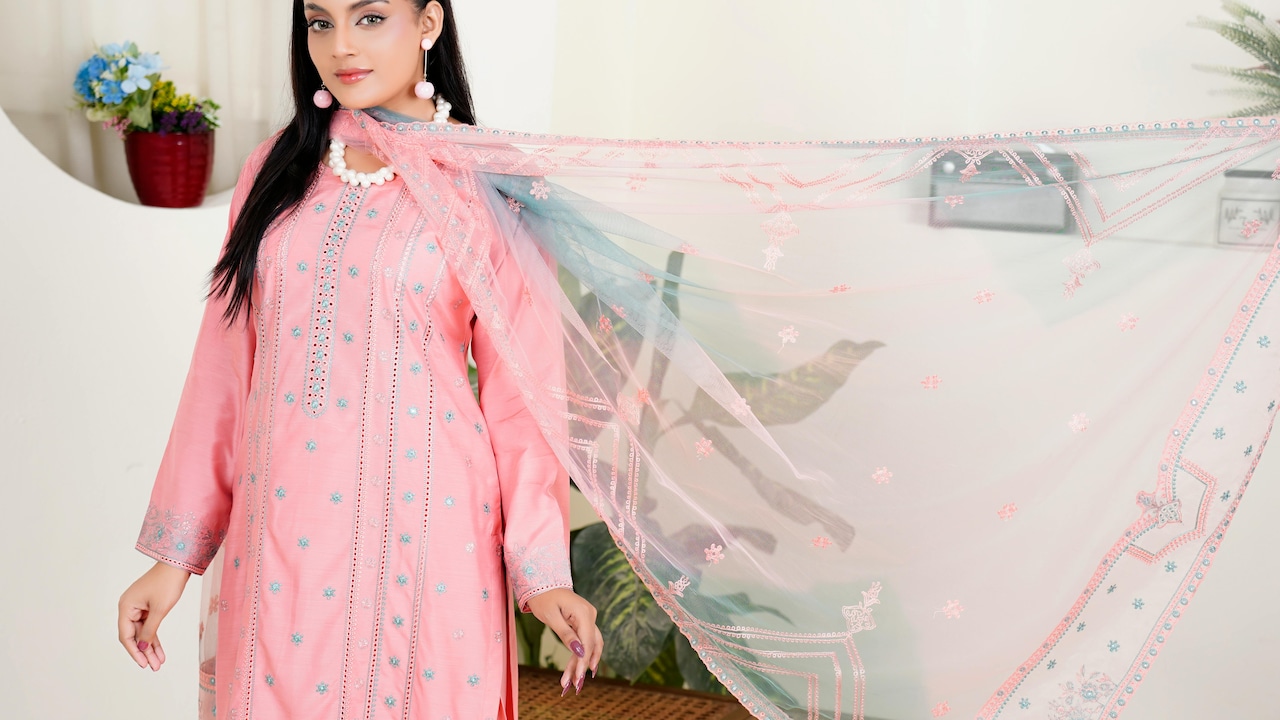
Cotton Vs Rayon Kurtas: Which Fabric Is Best For Keeping Cool In Humid, Hot Summer Weather?
Photo Credit: Pexels
10. Verdict: Which Fabric Wins the Summer Showdown?
So, who takes the crown in the cotton vs rayon debate? For pure comfort and breathability, cotton reigns supreme. It's timeless, trustworthy, and tailor-made for sultry summers. It keeps you cool through the day and grows softer with every wash, a loyal friend through the sweat and sun.
Rayon, though, deserves its share of applause. It's stylish, affordable, and great for occasions that call for a polished look. With modern blends improving its breathability, rayon is no longer just a synthetic substitute, it's evolving into a fabric of grace and convenience.
The real secret lies in balance. A summer wardrobe that combines both, cotton for daily wear, rayon for the graceful evenings, offers the best of both worlds. After all, staying cool in summer isn't just about fabric, it's about feeling good in your skin and what you wear.
Products Related To This Article
1. Anouk Floral Yoke Design Notch Neck Thread Work Straight Kurta
2. Shae by SASSAFRAS Women Blue & Off-White Printed Anarkali Kurta
3. Indo Era Floral Embroidered Thread Work Kurta
4. GLOWWORLD Tie & Dye Band Collar Straight Kurta
5. Anouk Floral Embroidered Round Neck Chikankari Straight Kurta
6. Vbuyz Women Floral Printed A-line Kurta
7. Rangriti Floral Foil Printed Straight Kurta
When the heat rises and humidity tests endurance, fabric becomes more than fashion, it's comfort, confidence, and calm wrapped into one. Cotton speaks of breezy mornings and comfort-driven choices, while rayon brings a touch of modern elegance to warm evenings.
The next time you find yourself in a shop, running your fingers across rows of kurtas, remember this: cotton keeps you grounded, rayon lifts your style. Choose according to the day, the occasion, and the weather outside. Because in a land where summer feels endless, the right fabric isn't just a choice, it's a small act of self-care.
Disclaimer: The images used in this article are for illustration purpose only. They may not be an exact representation of the products, categories and brands listed in this article.






